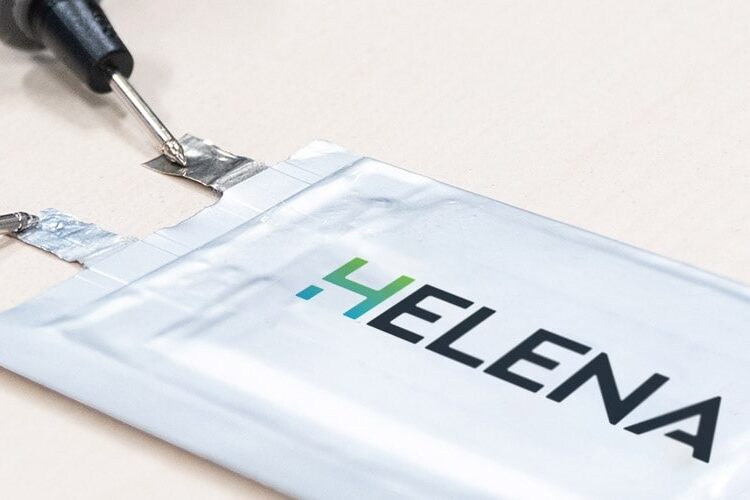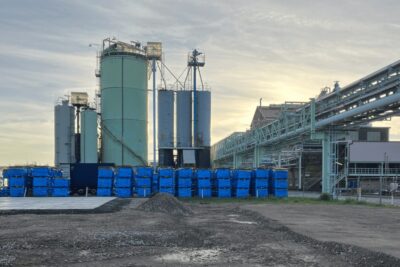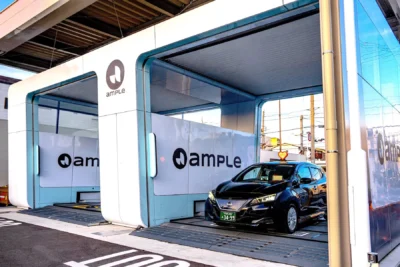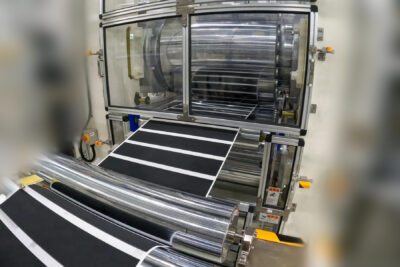EU funds halide solid-state battery research (HELENA)
EU project HELENA (Halide solid-state batteries for Electric Vehicles and Aircrafts) aims to develop solid-state batteries for electric road vehicles and aeroplanes. The partners rely on novel technologies for most parts of the batteries.
Specifically, HELENA solid-state batteries will utilise a high-capacity nickel-rich cathode (NMC), a high-energy Li-metal anode (LiM) and a halide electrolyte as a basis. Solid-state halide electrolytes have a high ionic conductivity and stability at high voltages.
Lithium metal instead of graphite-based anodes is another advantage of solid electrolytes, but it is still hard to realise, as this in-depth analysis shows. Still, once it works, it promises drastic improvements in energy use in production and, thus, the CO2 balance. Today, drying is a complex and energy-intensive process. This would at least be superfluous on the anode side when using solid electrolytes because the foil is from lithium metal. This also reduces toxicity.
Fundamental research aside, HELENA calls the cells 4b generation batteries, built upon said foundation of Ni-rich cathodes (NMC), Li metal anodes (LiM), and Li-ion superionic halide solid electrolytes. Target gravimetric and volumetric energy values are 450 Wh/kg and 1,200 Wh/l.
The Austrian Institute of Technology (AIT) supports manufacturing battery components and cell production on a laboratory scale. Other project partners include Umicore, Customcells, Pipistrel, FEV, the Fraunhofer IST and RWTH Aachen University.
The AIT, however, is the project lead and also part of project SUBLIME, another EU-funded advance into solid-state battery cells. It is based on sulphide solid-state electrolytes and also focuses on their production and material procurement.
Within the HELENA project, AIT specifically supports the development of catholyte formulation and processing, electrochemical characterisation of individual battery components, and assembly and testing of prototype pouch cells. Furthermore, the institute wants to evaluate realistic use cases from automotive and aeronautic applications with numerical system simulation.
Helmut Kühnelt, Senior Scientist and AIT project coordinator adds a concrete use case. “HELENA’s halide-based solid-state cell technology will enable zero-emission air mobility from electric air taxis to 20-seat miniliners and is in line with the needs of future hybrid-electric regional and rotary-wing aircraft.”
This will likely be in the hands of project partner Pipistrel. The company’s Velis Electro is the only type-approved electric plane, and we took a spin here.
Project HELENA unites 15 project partners. The timeline currently shown online runs through March 2026.





0 Comments